FREDERICK JAMES ‘MICKEY’ ION
(February 25, 1886 – October 26, 1964)
Toronto Tecumsehs (1909-1910)
Vancouver Lacrosse Club (1911-1913; 1915)
New Westminster Salmonbellies (1914)
Vancouver Terminals (1919)
Fred Ion, better known in sporting circles as ‘Mickey’ Ion, was born in Paris, Ontario and grew up playing lacrosse in Brantford.
He made his debut as a teenager with the Wellingtons in the local city league in 1904. He played the following year with a local ‘Shamrocks’ team, then spent a couple seasons with the Brantford senior team. While his playing whereabouts are unknown in 1908, he turned pro and signed with the Toronto Tecumsehs in 1909 and was described as a hard man for midfielders to get away from.
Ion gained national notoriety for his “brutal and unprovoked attack” on George Kalls during an all-Toronto meeting on August 2, 1909. Described by one reporter as a “bloody battle” and a “butcher’s barbeque”, Ion had already served 5 penalties (total of 15 minutes) on the sidelines as both he, and the match, devolved into a foul mood. He then incurred the ire of Referee Joe Lally when he re-entered the game before serving all his time, and was sent off again with another 10 minutes added to his name.
Kalls made a shot on goal which, probably accidental in nature and not deliberate, deflected off Ion’s head – but Kalls nevertheless laughed at the unfortunate defender as he rubbed his sore head. Now fully riled up, Ion wanted pay-back – and while Kalls was down tying his shoe, Ion rushed at him and kicked him square in the jaw.
Judge of Play McIntyre, with assistance from some players, ushered Ion off the field, all the while deliberately and slowly giving ‘Mickey’ a piece of his mind – that it was “the dirtiest thing I ever saw on a lacrosse field”. Unrepentant, Ion sulked back at the referee: “Now you go on, you’ve said enough!” For his own safety, Ion was escorted to the clubhouse to keep him away from spectators calling for his arrest, while the dazed Kalls required assistance from his teammates to get off the field.
In total, Ion clocked up 35 minutes in penalties (plus unrecorded ejection time) in a game that saw an incredible three-hours and thirty-five minutes of infractions dealt out between both teams. The situation on the sidelines became so bad that the penalty timekeeper got fed up and disgusted arguing with team officials, that he simply quit while the game still raged on.
Ion was charged with aggravated assault and appeared in court after Toronto manager Charles Querrie posted $200 bail. He was found guilty by a jury the following month and sentenced to ten days in jail on November 1, 1909. Expecting a fine, a surprised ‘Mickey’ Ion simply smiled it off as he was taken away.
Despite the controversy and a ban for the remainder of the season, he returned to the Toronto Tecumsehs the following season when Manager Querrie spoke for his good conduct.
Harry Griffiths met with Ion at his Brantford home in March 1911 in a pitch to go west and sign with the Vancouver Lacrosse Club. After initially turning down the offer, “the difficult man to handle” changed his mind the following month and signed with Vancouver.
He would have further run-ins with the police after fighting Pat Feeney in a 1912 game versus New Westminster, and he led the BCLA league in penalties and minutes in 1912, the only player to record more than 100 minutes (136) sent off.
When the Vancouver Lacrosse Club folded, Ion then signed with New Westminster Salmonbellies when they faced the Vancouver Athletic Club in the 1914 season. He returned to Vancouver the following year when Con Jones reformed his Vancouver Lacrosse Club.
A defensive-end midfielder he scored just 2 goals during his 52 games played on the Pacific Coast – both occurring during the month of July 1911. As time progressed, his positioning slowly shifted more and more towards the rear and he began to slot in some times on the defense. During the course of his six seasons of play in British Columbia, he accrued 41 penalties and 305 penalties minutes – which rank him 8th overall and 6th overall respectively for career numbers.
‘Mickey’ Ion’s referee career in professional ice hockey is well-documented elsewhere and will only be briefly detailed here: He began refereeing in the Pacific Coast Hockey Association in the 1912-13 season after league mogul Frank Patrick selected him to referee in his league because he felt Ion looked the part of someone who could manage games. When the PCHA folded in 1926, Ion moved east to work in the National Hockey League. His last, active on-ice game was in Montréal in 1937 when he refereed the Howie Morenz memorial game held at the Forum. He then become referee-in-chief for the NHL until his retirement.
In 1942, ‘Mickey’ Ion retired to Seattle, Washington where his wife had grown up. Suffering from diabetes in his later years, he contracted phlebitis in 1957 and doctors amputated his left leg. Three years later, he lost his other leg to the same condition and ended up in a wheelchair confined to the Redmond Nursing Home in suburban Seattle.
One of the most-highly rated referees in hockey, ‘Mickey’ Ion was inducted into the National Hockey League’s hockey hall of fame in 1961 for his accomplishments and performance as a referee. He was deeply humbled by the act and said it was the happiest day of his life. Incredibly enough, he never played any hockey – as lacrosse and baseball were where his personal athletic talents lay.
Frederick Ion passed away three years later; his wife Minni Nordhoff had predeceased him by five years. He was survived by two brothers Thomas and Austin and a sister Emma (Gillen) as ‘Mickey’s passing was reported in the sports pages all across Canada and even into the United States.
(PHOTO SOURCES: CVA 99-43 excerpt; CVA 99-35 excerpt)
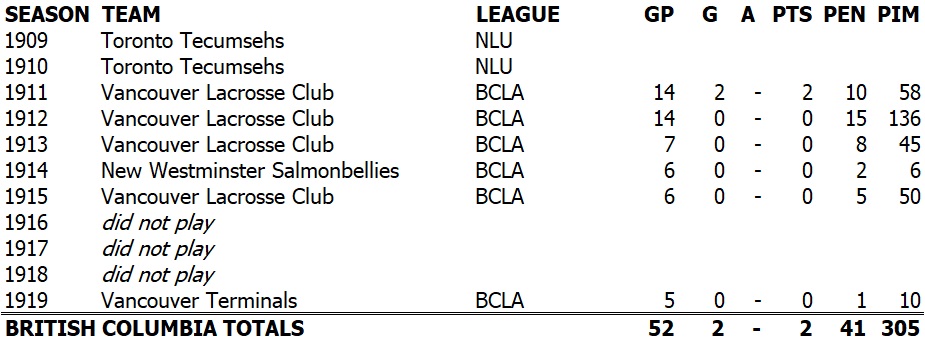

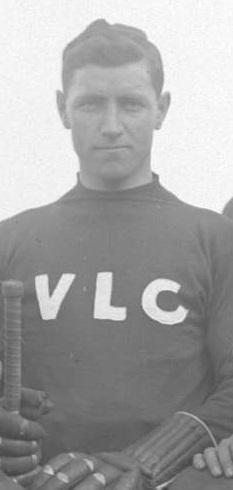
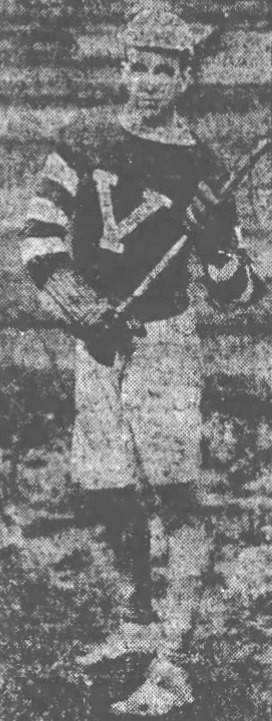
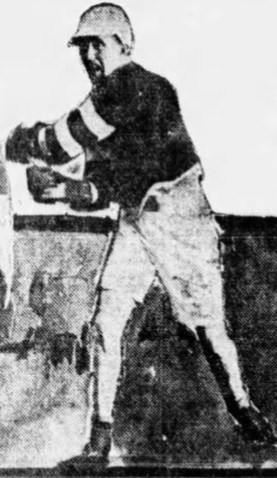

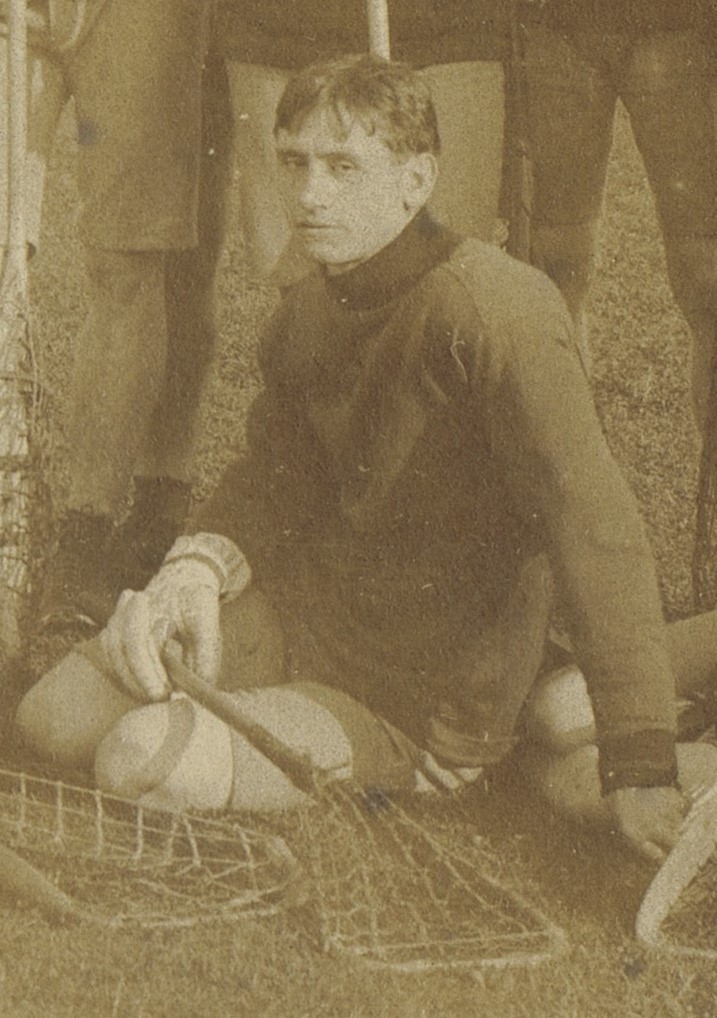
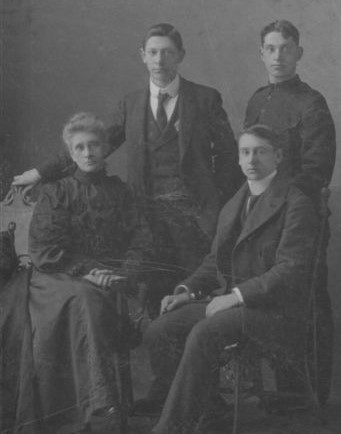


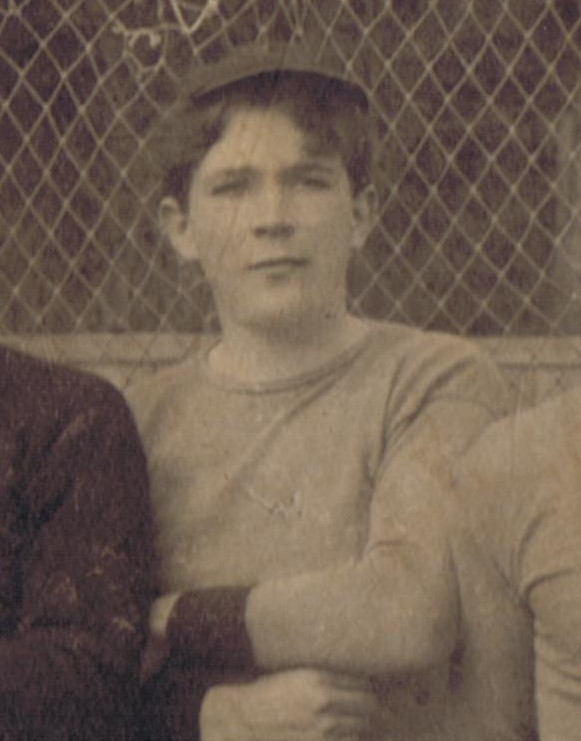
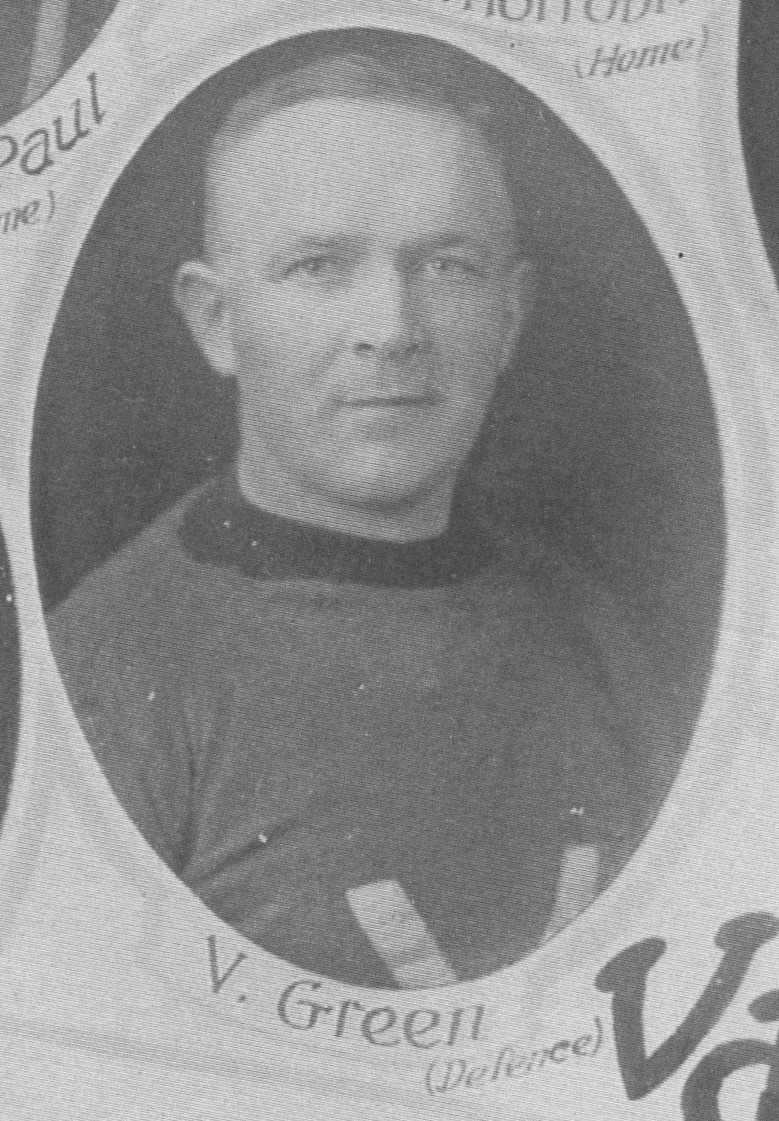
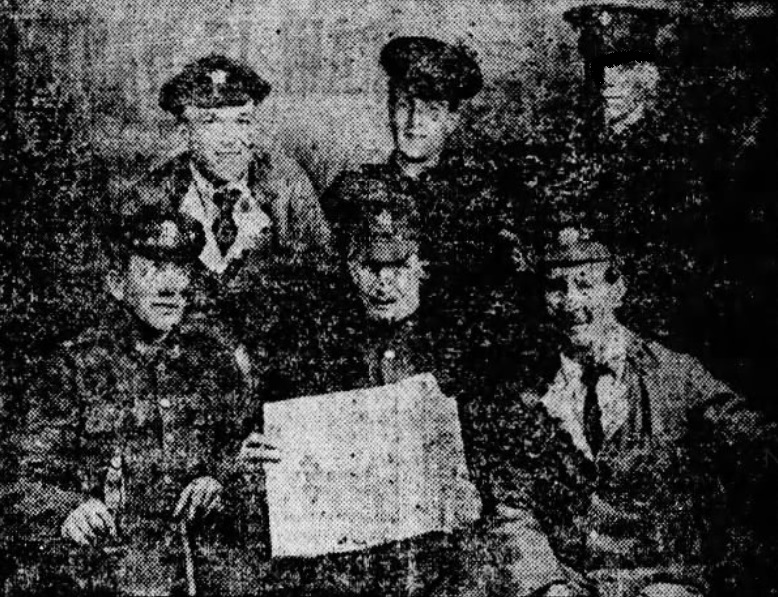
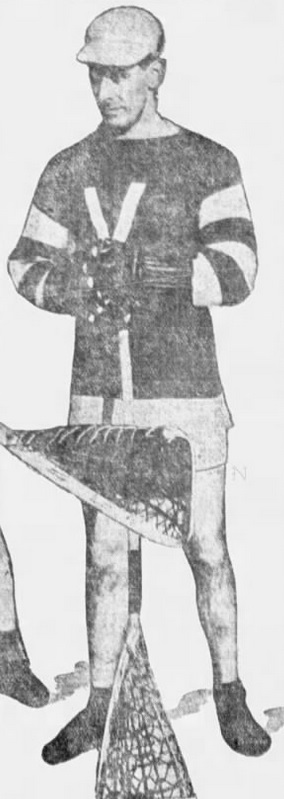
















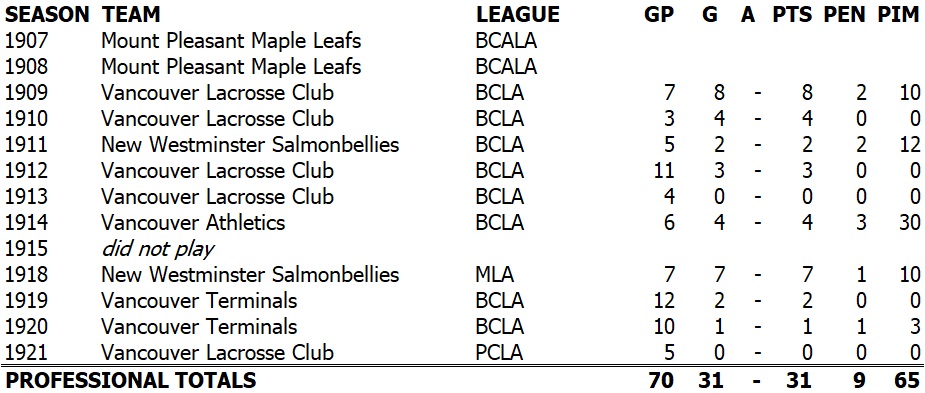
You must be logged in to post a comment.